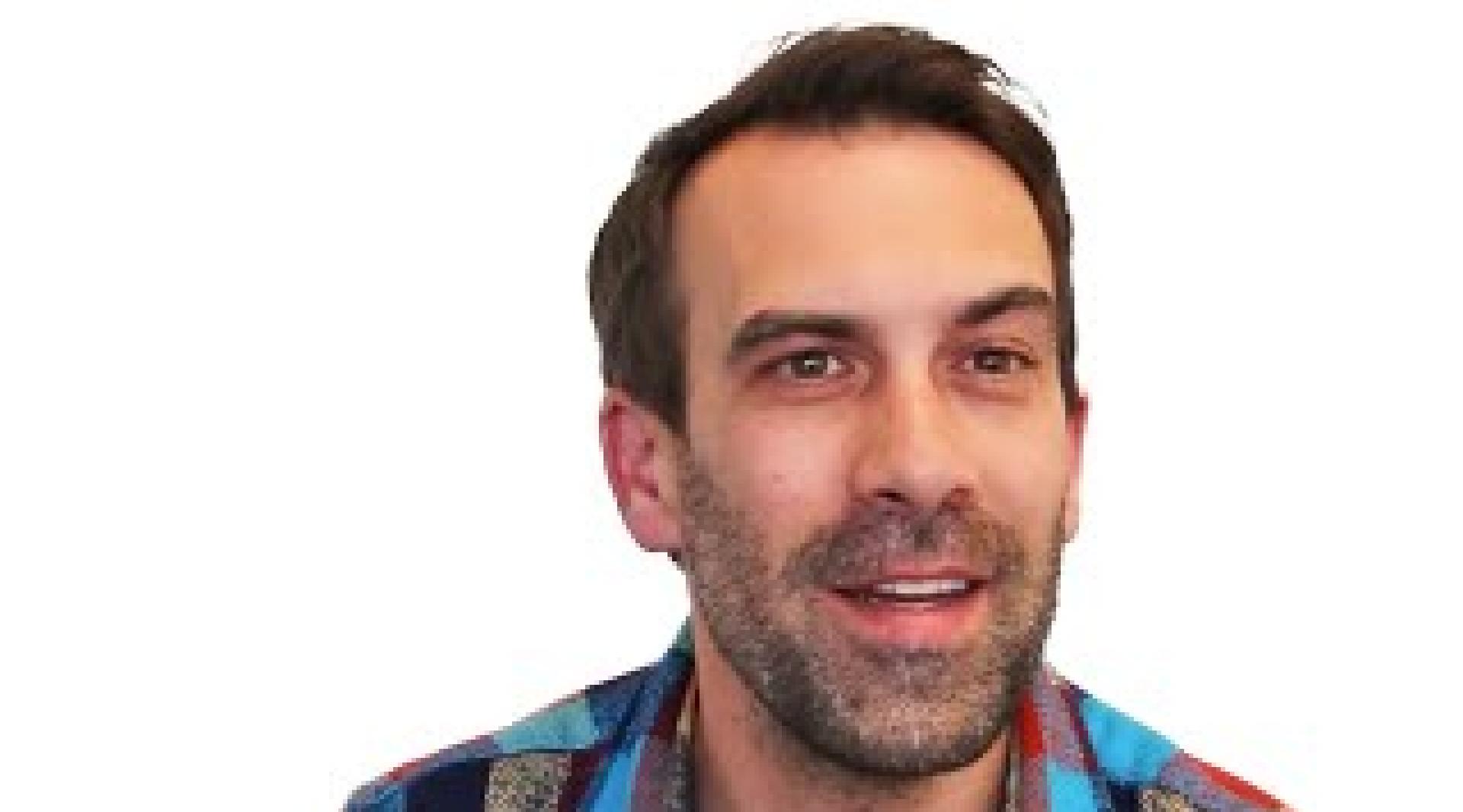Ski Injury Recovery Patient (14 months post-op)
I feel like some of the, if you had to ask me before the knee procedure, I would've said just being able to, you know, walk down the street without pain would've been my first goal, but, so maybe now I'm a little bit greedy in terms of what, what I'm trying to get after now, but yeah, it's, it's been a night and day difference for sure.
Geoff is my first name and I had a tibia plateau fracture and ACL meniscus knee explosion <laugh> via skiing crash. And from you guys, I had hardware removal and fixing the tibia. And then also had a full knee replacement post earlier procedures from a prior doctor that didn't have a great outcome.
After I had the initial injury scheme, immediately had a surgery the same day close to there that kind of fixed the knee for the tibial fracture. And then I think a couple of weeks later had a surgery where they put in plates and screws and had the whole armature and everything. And so after that went through that was right when covid happened, so I wasn't able to do any in-person physical therapy or stuff for the first, like two or three months. And then did physical therapy and about, kind of got to a point where it wasn't making much progress in terms of range of motion and just being able to do regular stuff. And my surgeons who did the initial work just had a pretty underwhelming prognosis and didn't seem to think that much could be improved that much frankly. And I ended up having just a work colleague had also had a tibia fracture from a motorcycle accident. And after initial doctors, somehow he came to Stone and said he suggested Dr. Stone. So that's how I got involved here.
I couldn't do any, any normal stuff. I was on crutches. I could walk, you know, a couple blocks with pain. I wasn't able to go up and down stairs normally. I mean, I couldn't do anything normal, so it was, you know, definitely, certainly couldn't do any, anything ac active or athletic. But even kind of normal day-to-day stuff was pretty challenging.
I was a little down from the prior surgeons just seemed to think sort of the knee got stuck at, gosh, what was it? At a certain angle where you still couldn't do very much and, and they just didn't seem to think that anything else could be helped. So it was a little down about that. And really didn't know if I would be able to do something like, you know, even go for a jog or a run, let alone, you know, play sports again you know, play with your kids at the park, all that kind of stuff, you know, wasn't sure if that was gonna be possible again or, or even just to walk around the block without a lot of pain and kind of limping around. So it was kind of starting from a pretty low level in terms of any improvement was gonna be certainly worthwhile. And so I was surprised and encouraged. Dr. Stone had a lot more optimistic view of what might be possible.
I guess, well the very, the biggest thing was he seemed to think a not everything that could be done had been done. He respectfully disagreed I think with my prior surgeons sort of expectations of what might be possible from another surgery and, and from additional physical therapy. And so Dr. Stone seemed to think with, gosh, I'm forgetting the, the word for the procedure, the manipulation under anesthesia. And through continued physical therapy that the outcome could be a lot better and potentially could get back to not just doing normal stuff, you know, around the house or with your kids, but even getting back to, to active sports and things like that. So, so that was really great to hear. And you know, the person who recommended Dr. Stone had a lot of good things to say about him as well. And I spent a lot of time skiing growing up and I know that he had a lot of background with working with the ski team. So kind of understood people who messed themselves up doing things that they love
Ideally, we would like to get back to just skiing with the same kind of confidence and not worrying about things that I had before or at least as close to it as possible. So that's kind of my main goal right now. But yeah, I feel like some of the, if you had to ask me before the knee procedure, I would've said just being able to, you know, walk down the street without pain would've been my first goal, but, so maybe now I'm a little bit greedy in terms of what, what I'm trying to get after now, but yeah, it's, it's been a night and day difference for sure.
Geoff A. Profile
Severe ski knee injuries can be so traumatic, that even after multiple surgeries, there is no guarantee of a successful repair and outcome.
At The Stone Clinic's Robotic Joint Center, we specialize in performing technologically advanced, athletic knee replacements. Our cutting-edge program combined with Dr. Stone's 30+ experience in treating challenging, complex cases enables us to do more for patients like Geoff who've suffered serious trauma to their knee's anatomy.
Geoff's knee was so problematic that he came to our Clinic with the limited goals of reducing his pain and regaining basic function. While his journey towards recovery is ongoing, with the help of the StoneFit Rehab team, Geoff has progressed beyond the basics and is now focused on a program to return to the sports he once thought were lost to injury.

